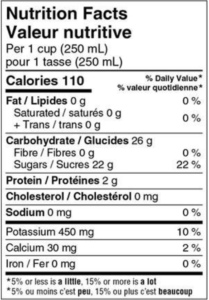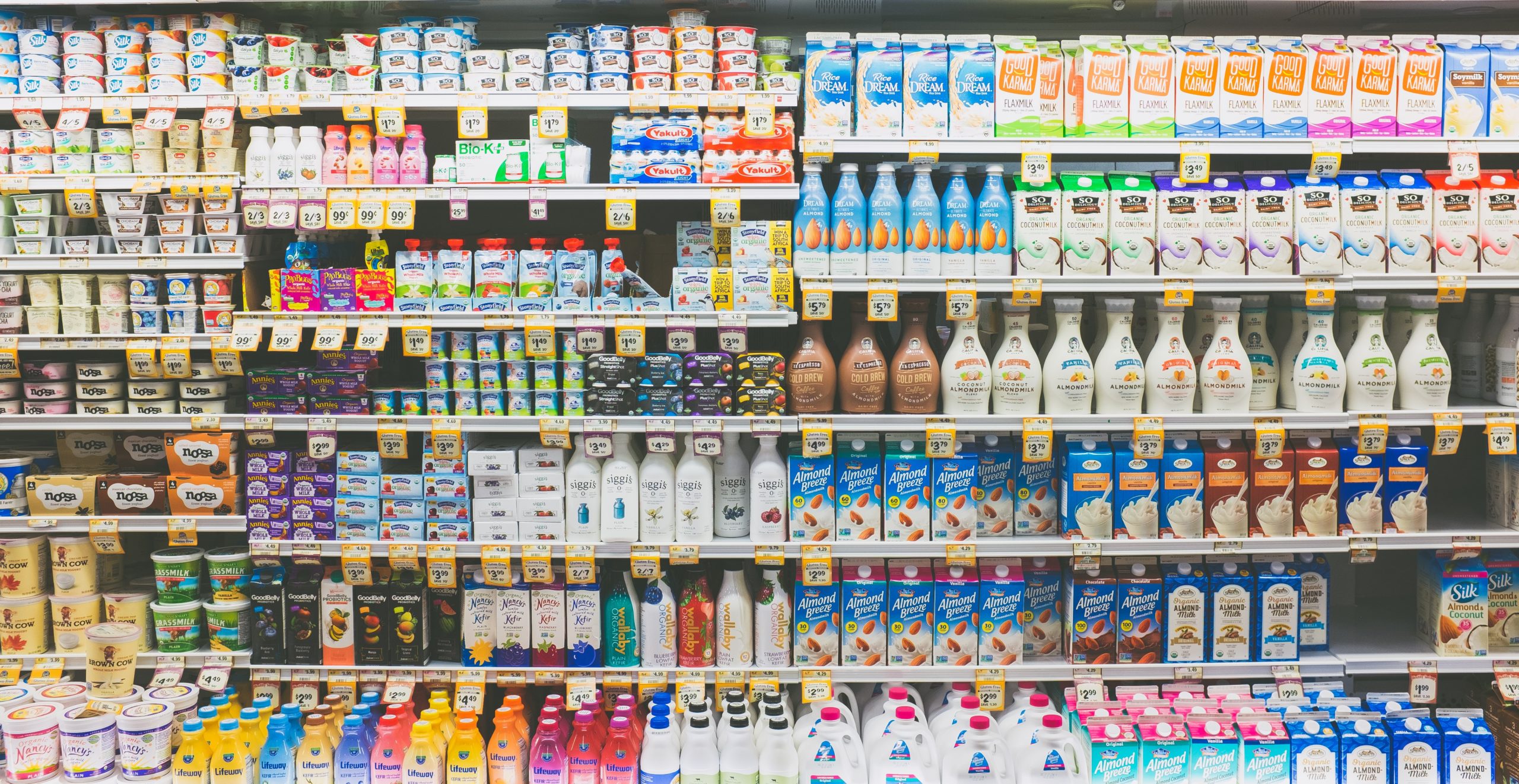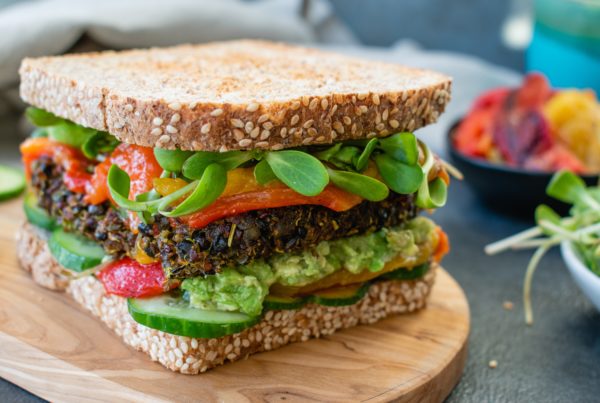What is a nutrition facts table?
In Canada, it is the law for all prepackaged foods to have a nutrition facts table. So, what is a nutrition facts table?
The nutrition facts table is used to give you information about the
- Serving size
- Calories
- % Daily Value (DV)
In essence, the nutrition facts table is meant to help you easily compare similar foods and learn about the nutrients and calories that the item contains.
The table consists of the 3 listed above with an additional of 13 core nutrients (fat, saturated fat, trans fat, cholesterol, sodium, carbohydrate, fiber, sugars, protein, vitamin A, vitamin C, calcium and iron). This list is consistent throughout all food products to make it easier for consumers to compare items.
Additional nutrients such as folate, magnesium, potassium and more are optional to be included in the nutrition facts table.
So how do I use the nutrition facts table?

Step 1: Look at the serving size
The serving size is shown on the top of the nutrition facts table. All of the information in this table is based on the serving size. Use this information to compare it to what you actually eat.
Example: if the serving size listed is ½ cup of orange juice but you drank 1 cup of orange juice, double the amount of calories and nutrients listed.
Step 2: Look at the calories
The amount of calories is based on the serving size. Calories are the amount of energy in food which helps fuel the body. Nutrients that provide the calories are carbohydrates, protein and fat.
If you eat more than the serving size shown, you are eating more calories. If you eat more calories that you need, over time you may gain weight. If you eat less calories than you need, over time you may lose weight.
Step 3: Look at the % Daily Value (%DV)
The percent daily value (% DV) is shown to help you make a healthier choice in food by showing you if food has a little or a lot of a nutrient.
- 5% DV or less is a little
- 15% DV or more is a lot
This applies to all the nutrients with a %DV
Depending on your diet, it is best to pick foods with a higher %DV in fibre, vitamin A, vitamin C, iron and calcium. Try to pick foods with a lower %DV in both trans and saturated fats
Bottom Line
The information from the nutrition facts table is to help Canadians make informed decisions about the foods that they eat. With this information in addition to Canada’s Food Guide, one can make informed choices on healthy eating.



